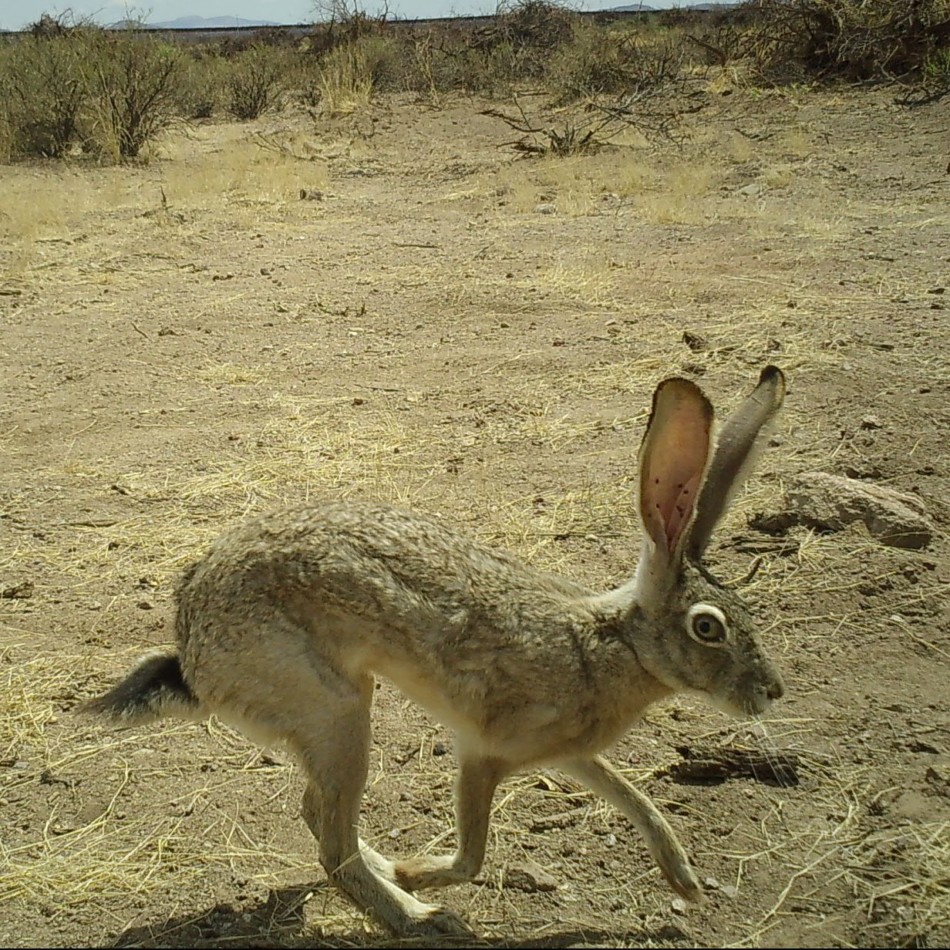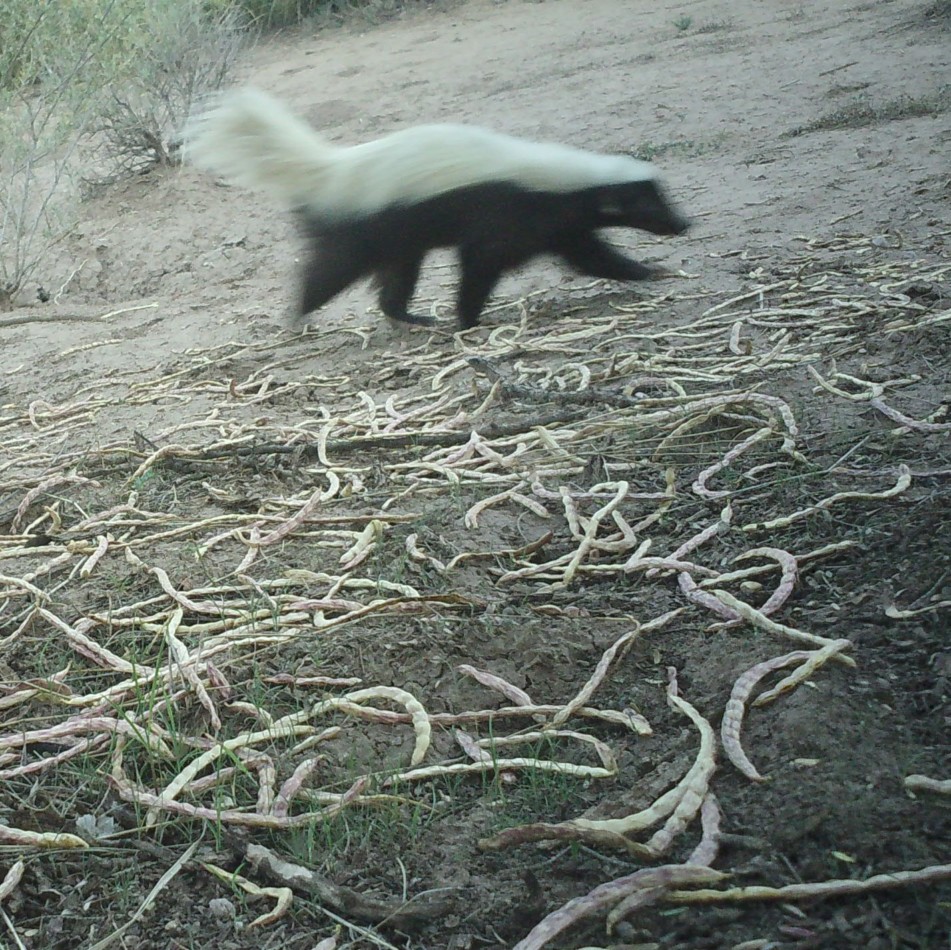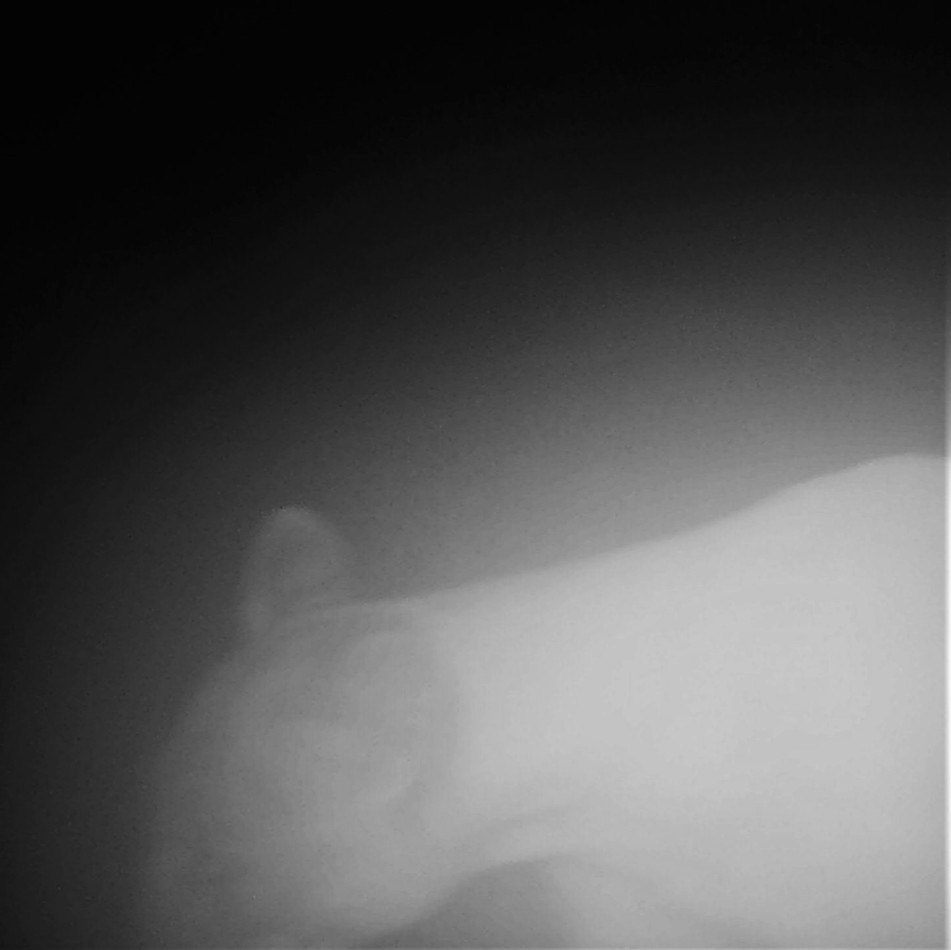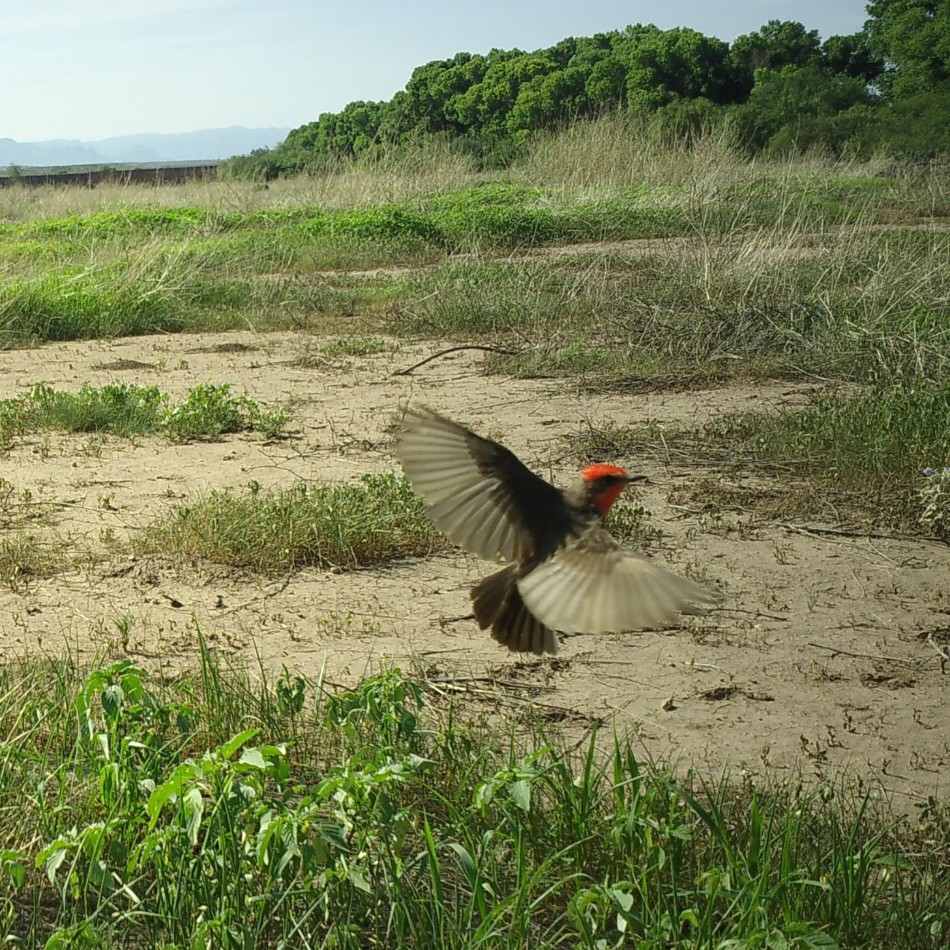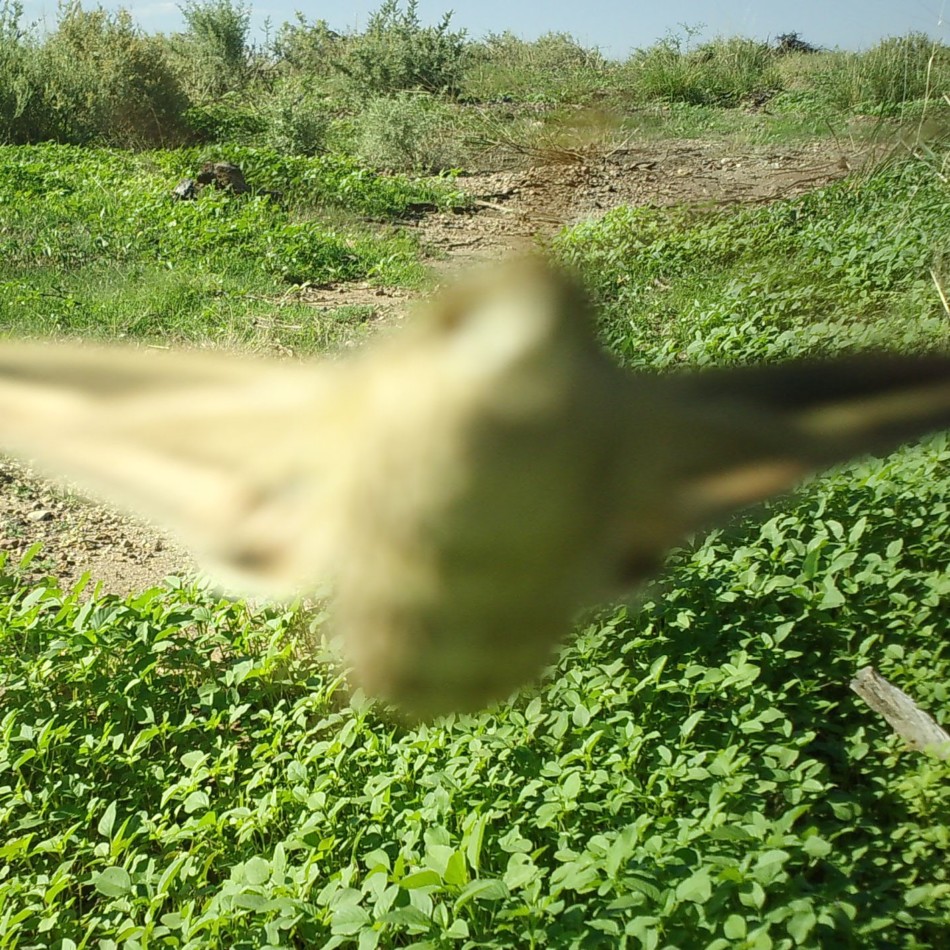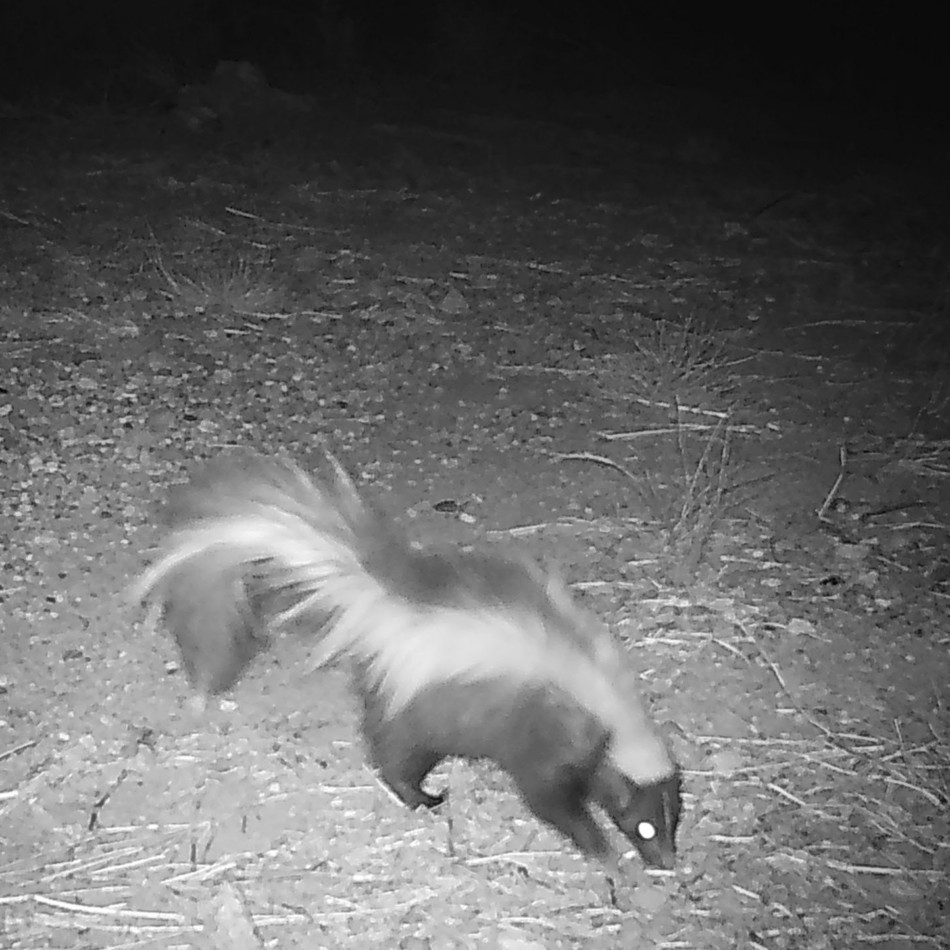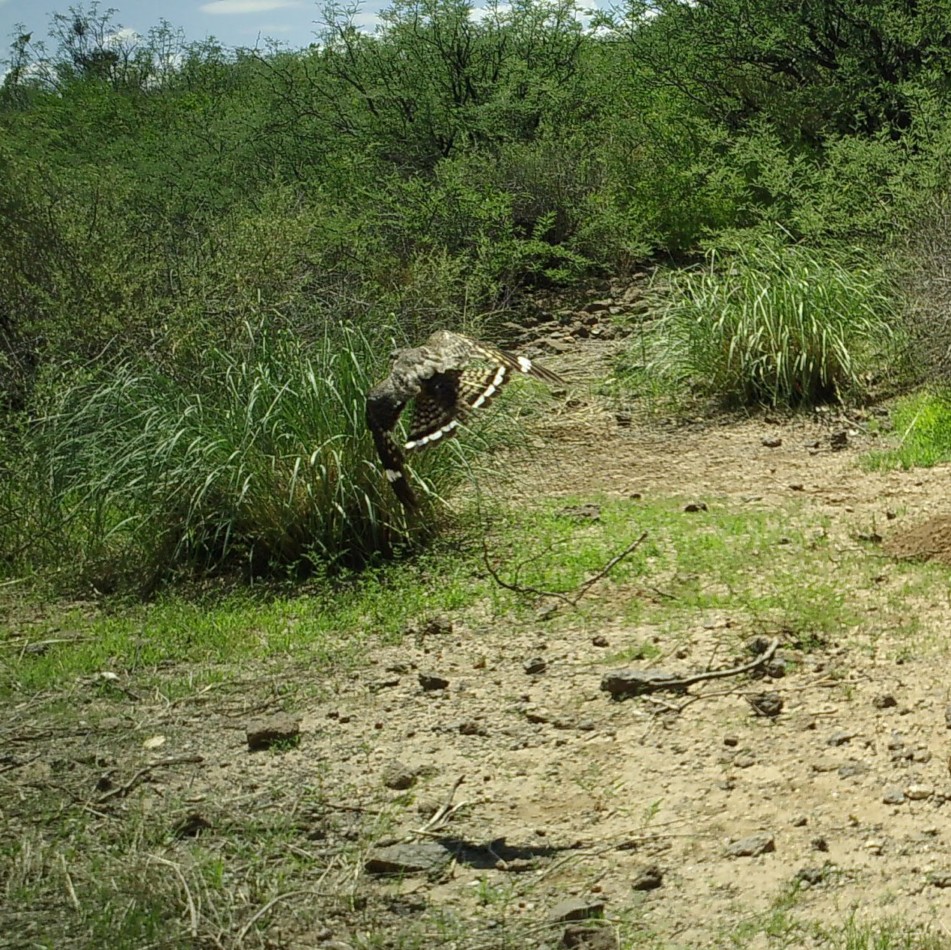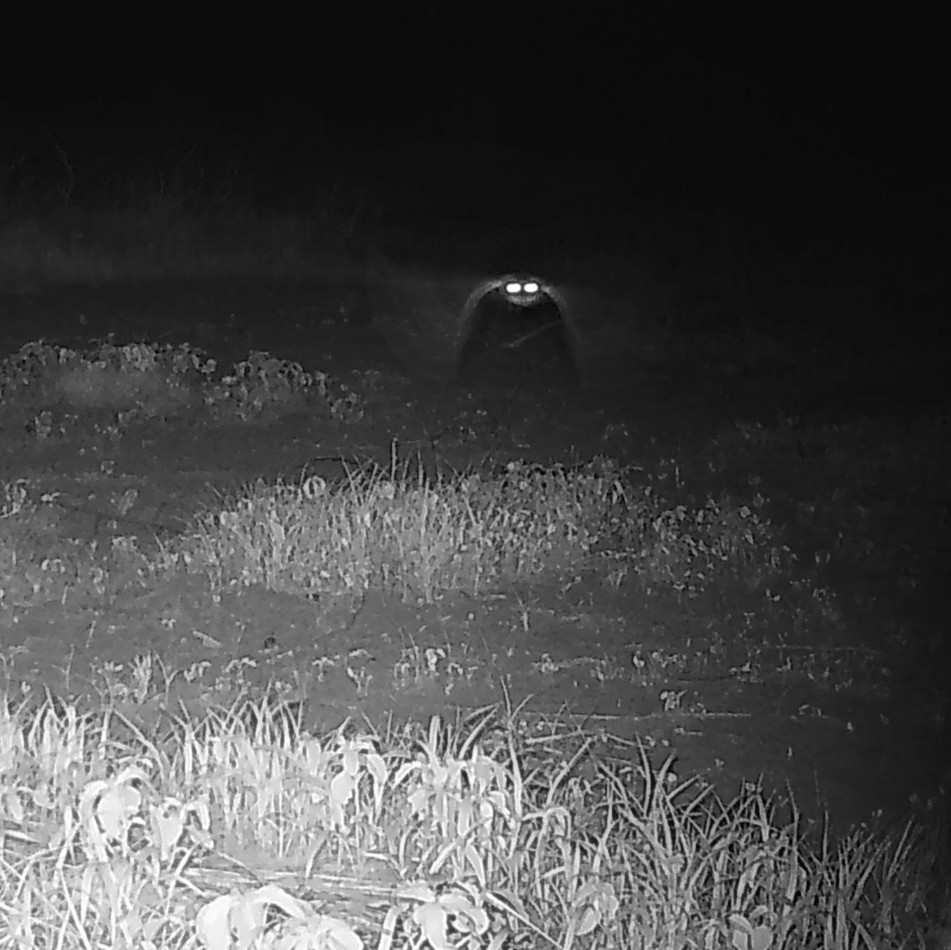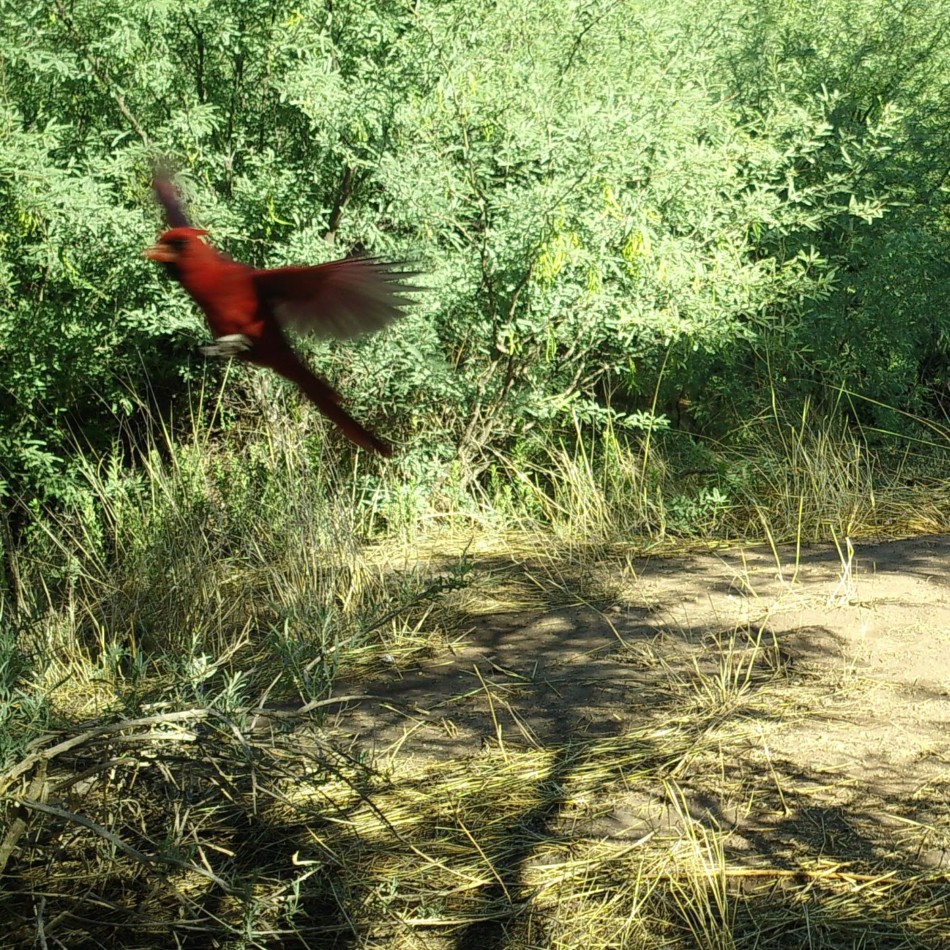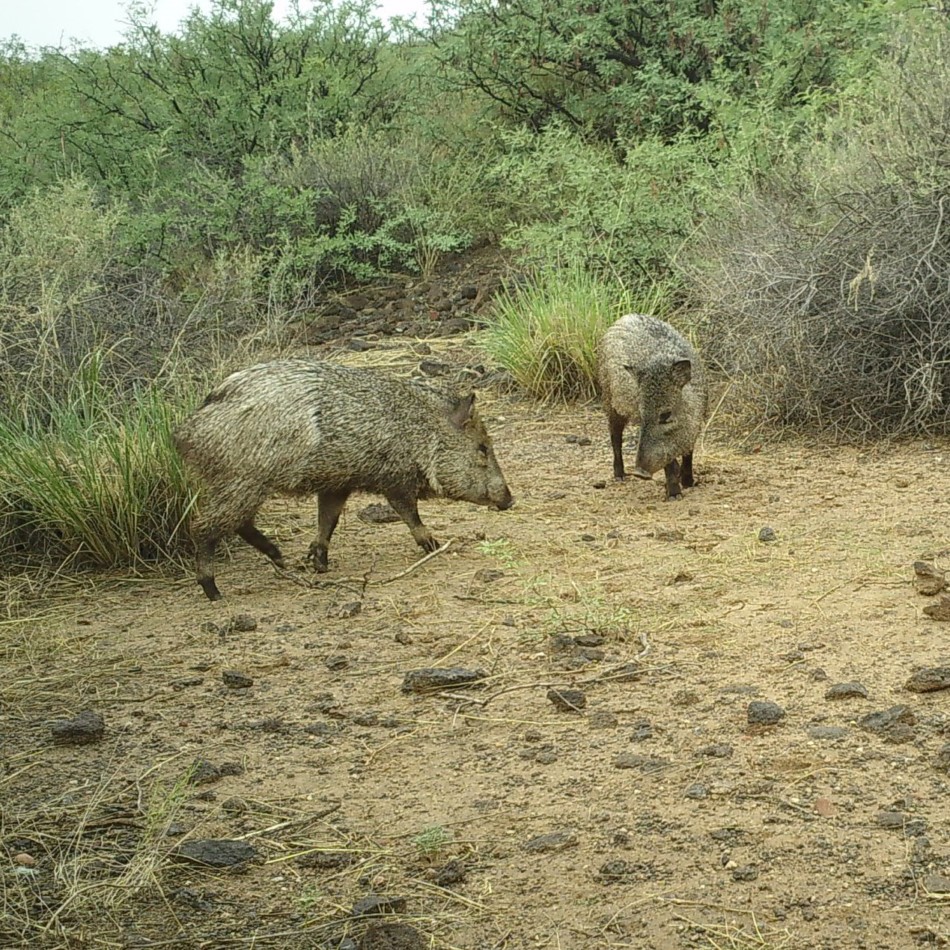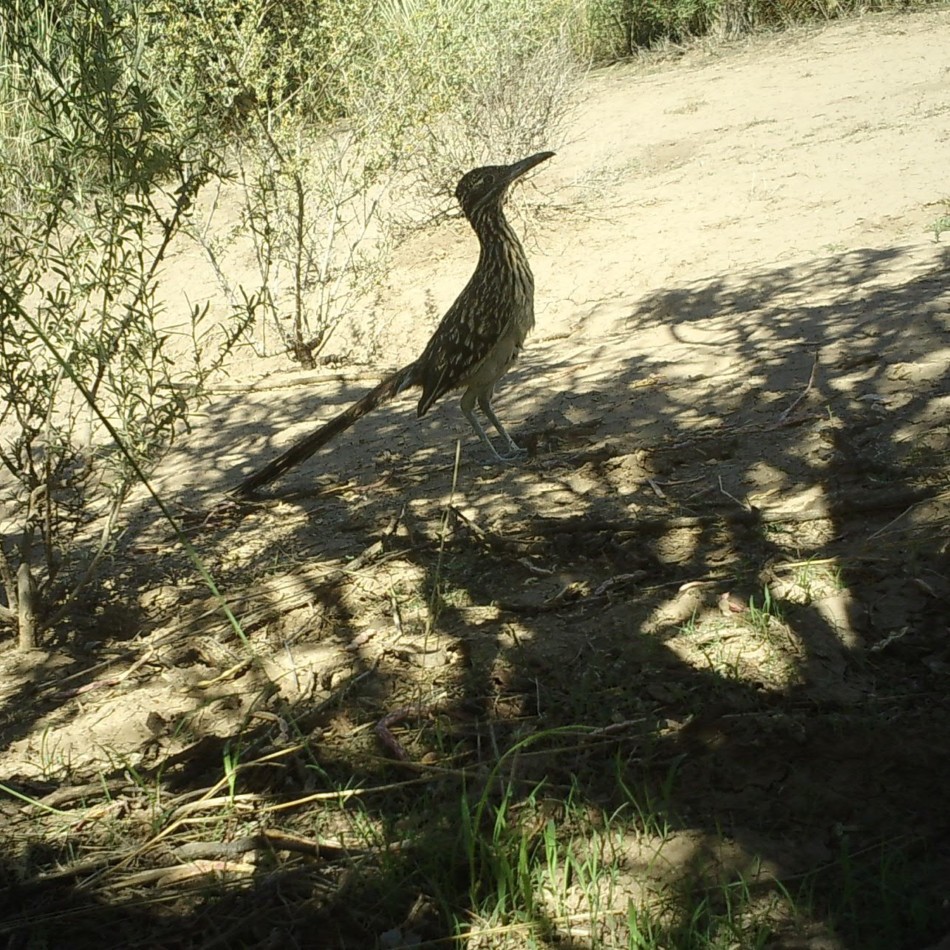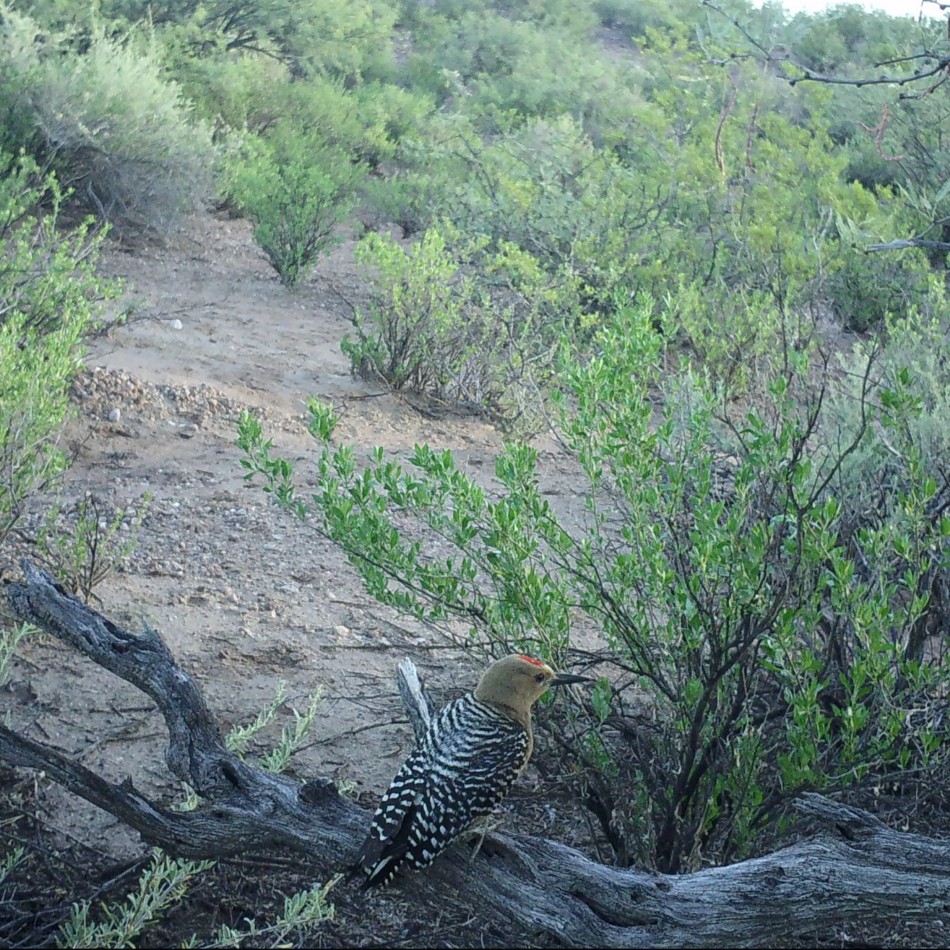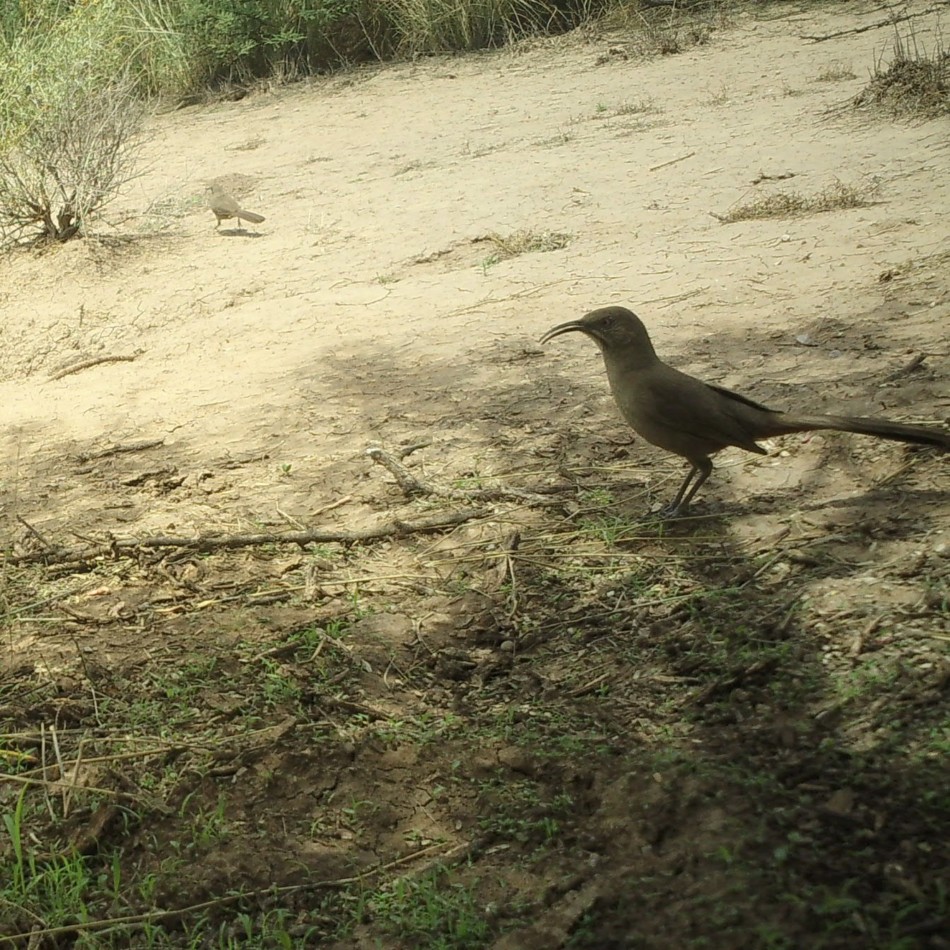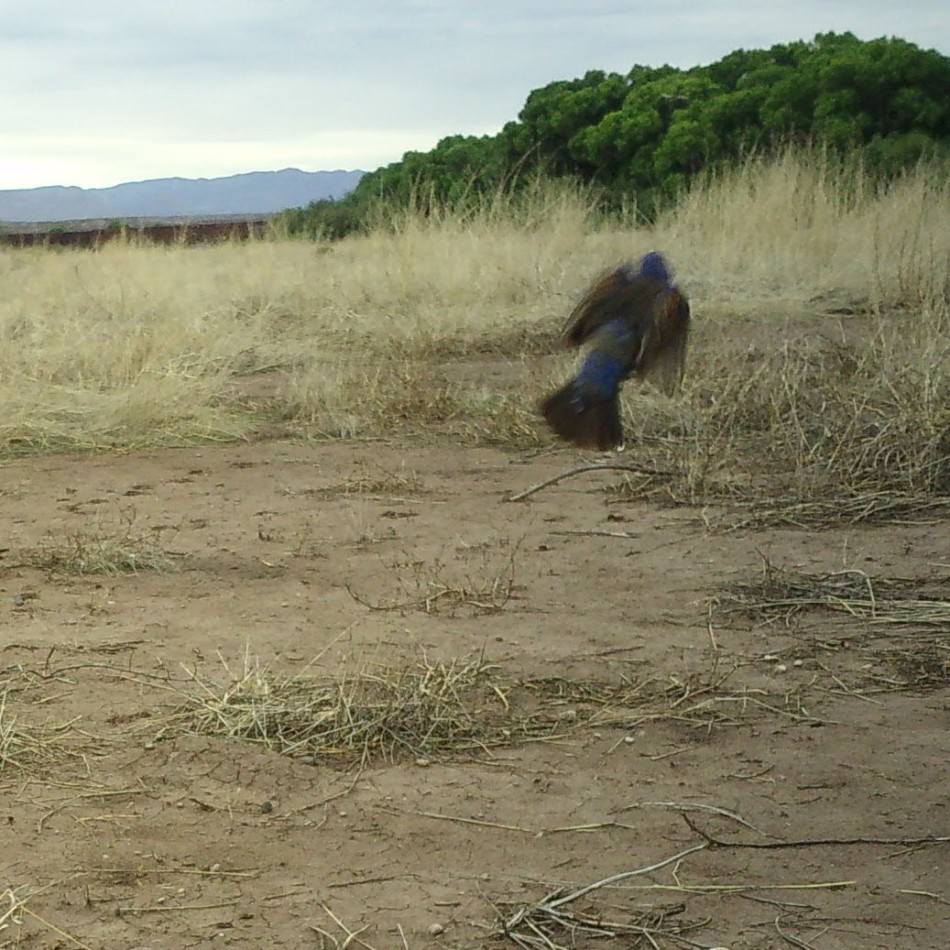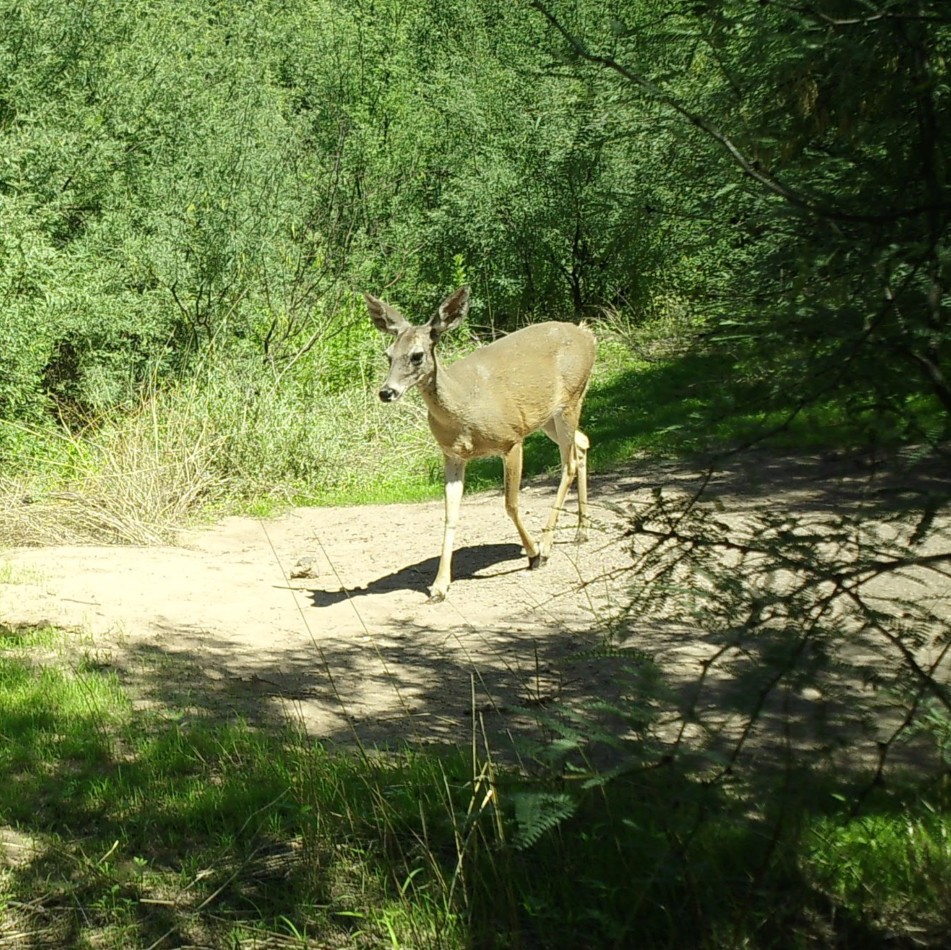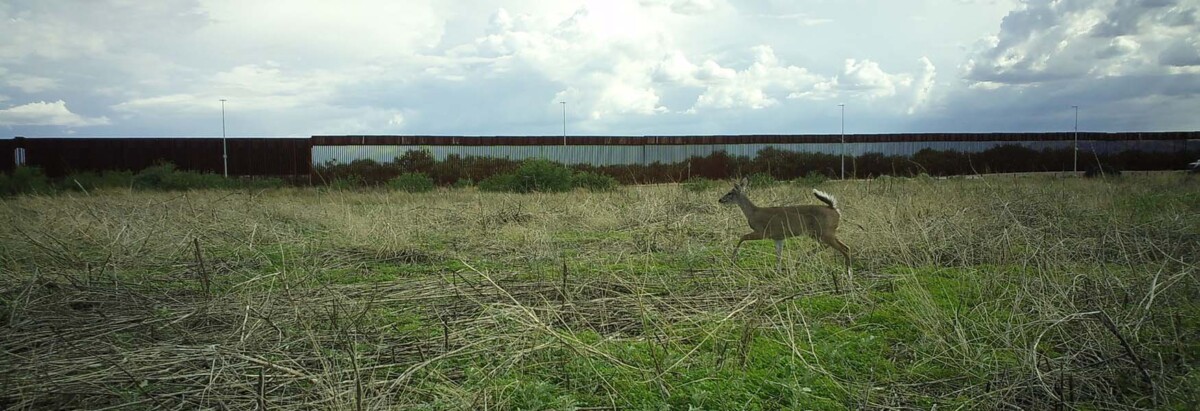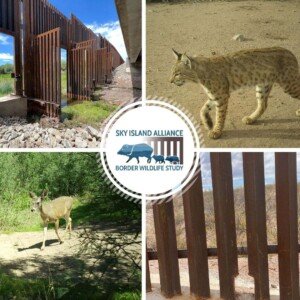
For thousands of years, wildlife roamed freely across the San Bernardino Valley in this important migration corridor between the Rocky Mountains and Sierra Madre Occidental. But today animals approaching the U.S-Mexico border face a 30-foot-tall wall, completed in 2020. A handful of gates along the border wall in southeast Arizona, each just 1.7 meters wide, open for only a few months each summer to let water flow through the San Bernardino Ciénega into Sonora. The rest of the year, the only accommodation for wildlife is a set of tiny 8.5″ x 11″ openings at ground level (photo at bottom right).
Sky Island Alliance and Wildlands Network are collaborating to identify and quantify the potential effects of the wall. In June 2022, the two organizations established an array of motion-sensitive camera traps in San Bernardino National Wildlife Refuge. Our camera network seeks to document which species live near the wall and which are able to find their way through the wall, particularly during monsoon season when flood gates are open. This project will help evaluate the effectiveness of the seasonally open flood gates as wildlife crossing points. Additionally, our cameras will provide a baseline assessment of wildlife activity under natural dark sky conditions before new border lights are turned on. We plan to keep our cameras running for three years, documenting wildlife across the seasons when the gates are both open and closed.
This collaboration is part of a larger project with other focus areas (see SIA’s Border Wildlife Study). If you have questions, contact Eamon Harrity.
Study Design
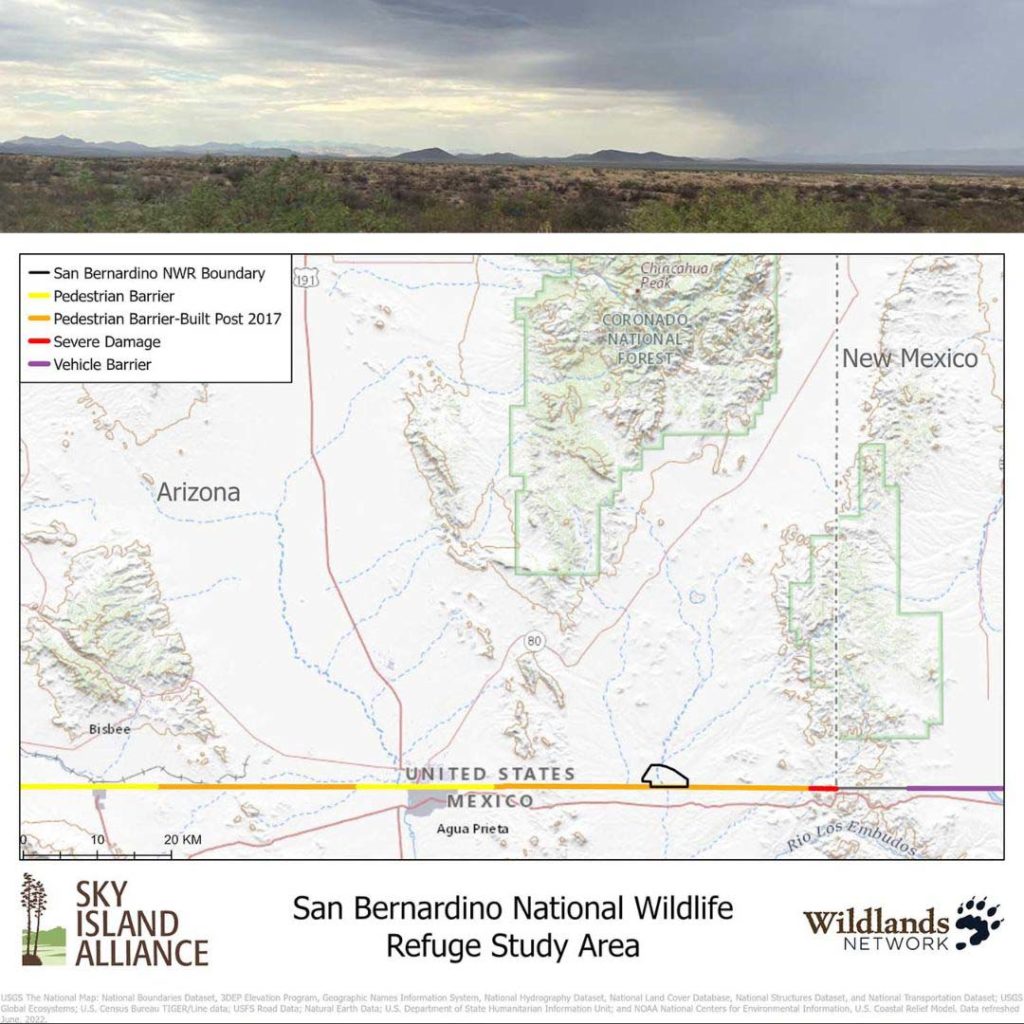
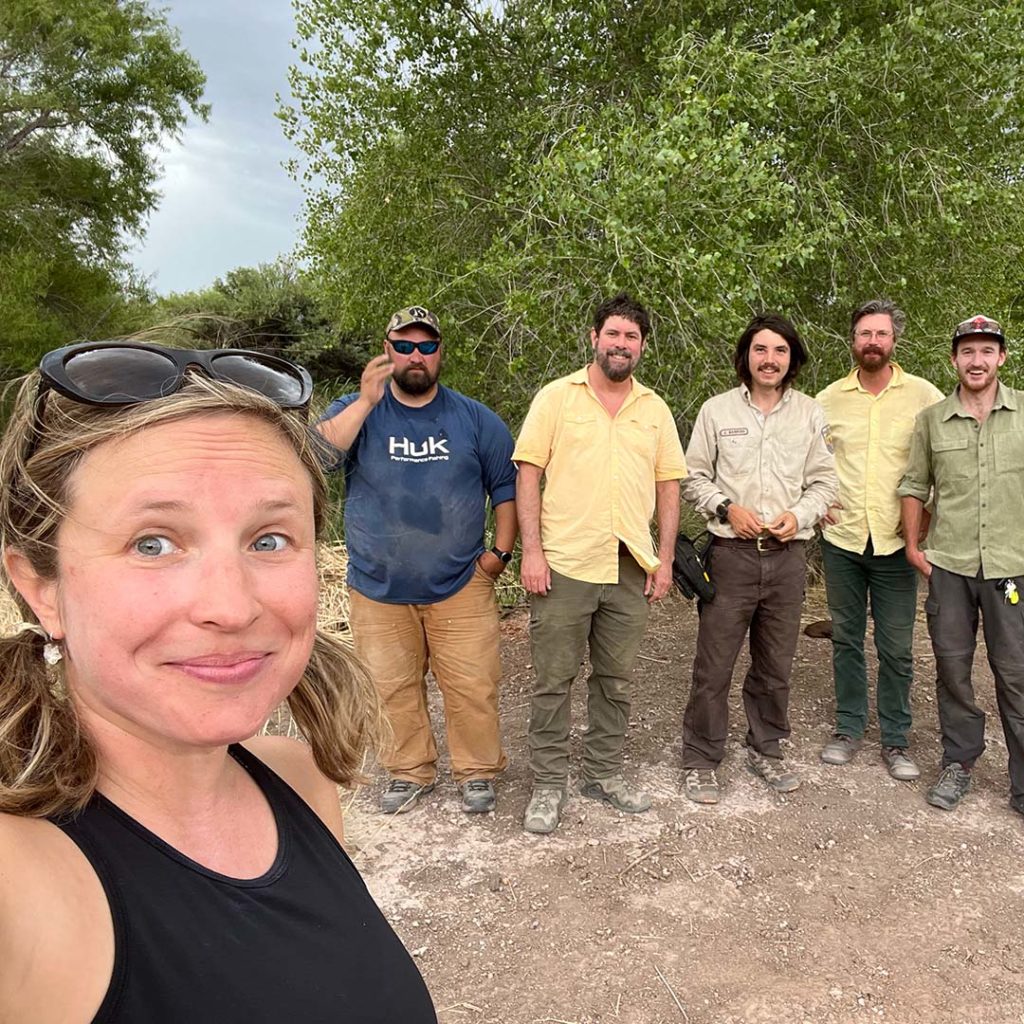
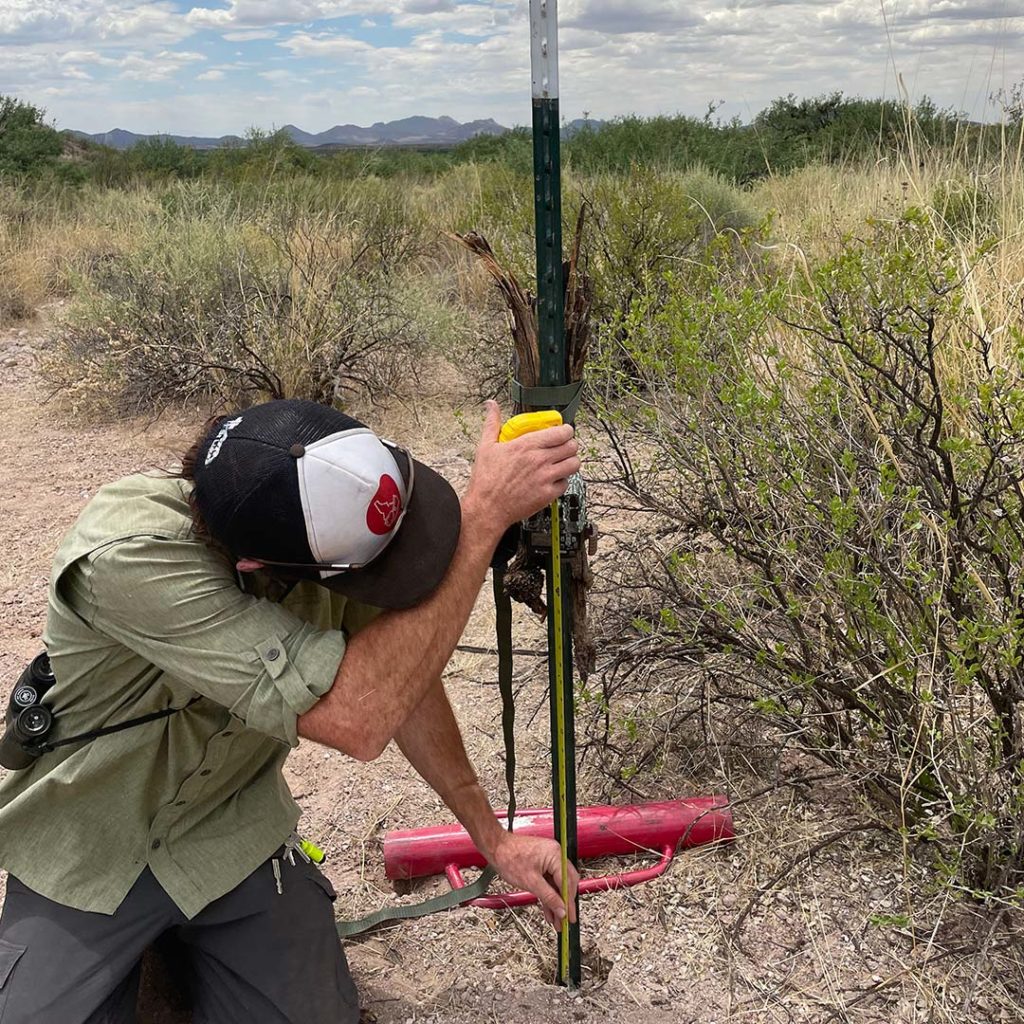
This project uses two camera-trap methods to study wildlife activity at San Bernardino National Wildlife Refuge.
- The first method is an adaptation of the TEAM Vertebrate Monitoring Protocol — an internationally recognized guide for documenting wildlife systematically across habitats. In this case, we set our camera traps in a gridded array across the refuge to collect motion-activated photos of wildlife. We systematically placed cameras every 500 meters to increase the likelihood of detecting all medium and large wildlife species across different habitats. With these cameras, we count the number of detections recorded over time for all species observed.
- The second method uses camera traps to record videos of wildlife when near the wall’s flood gates. These videos will show how animals interact with the wall and flood gates and whether animals cross through or are deterred by the wall.
Initial Results
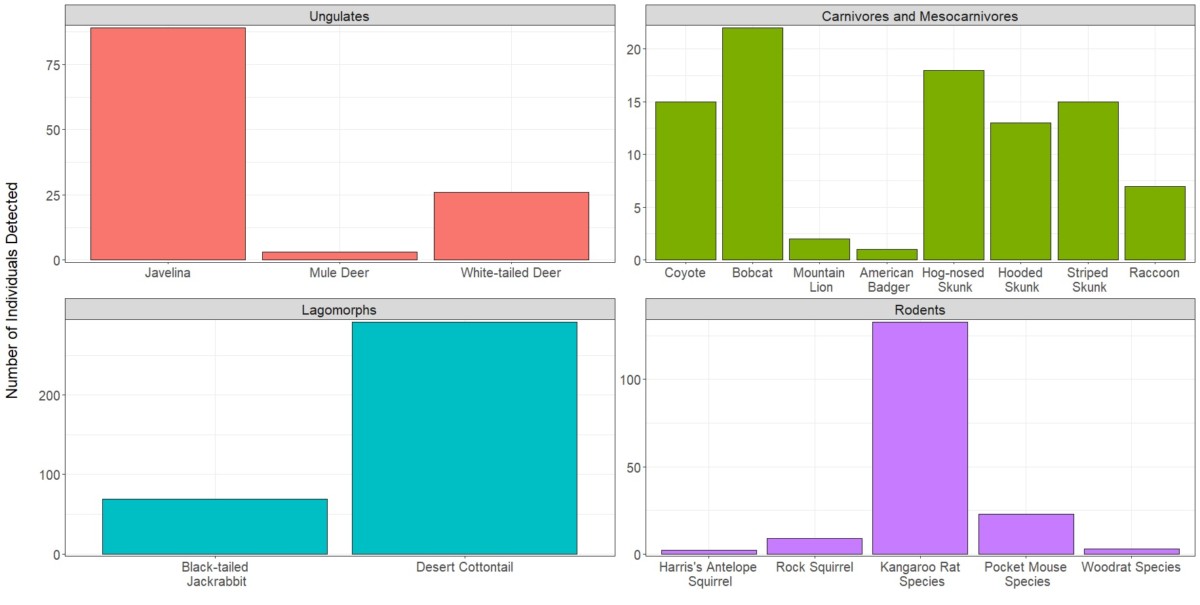
In the first month of the study, our cameras recorded more than 48,000 photos and more than 20 mammal species near the wall, including white-tailed deer, mule deer, mountain lion, bobcat, coyote, javelina, desert cottontail, black-tailed jackrabbit, badger, hog-nosed skunk, striped skunk, and hooded skunk.
We also documented several mammals — including a mountain lion, bobcat, and javelina — crossing the border where flood gates are seasonally open during the monsoon. These successful crossings, however, appear infrequent. Based on our initial observations, only 9% of wildlife that arrive at the gates cross through the border wall.
We hope these data will explain if the flood gates, when open, function as effective wildlife crossings and for which species. We need these data to recommend strategies for improving wildlife crossings through the wall.
Below, check out a video compilation of a bobcat, mountain lion, and javelinas finding their way through the flood gates.
Support Border Research & Recovery
Photo Highlights
The wildlife cameras used in this study are designed to photograph mammals — but birds, reptiles, and even insects have also been documented. Below is a snapshot of species seen so far in the study’s first month.
